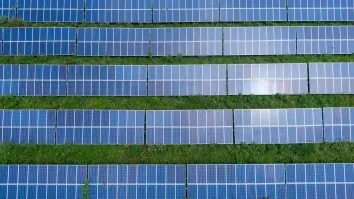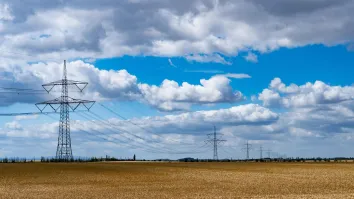Transmission limitations restrict Asia’s energy sector growth
Resource-sharing challenges and regulatory cooperation are critical to Asia’s energy expansion.
Asia’s energy sector faces a significant roadblock in transmission limitations, which prevent efficient resource-sharing across the region. According to Yatin Premchand, Managing Director of Strategic Advisory at Black & Veatch, Asia’s energy landscape spans diverse geographies with unique resources, creating a need for robust infrastructure to support cross-border energy flow.
“Transmission would be one of them, to connect those kinds of resources,” he explained, noting that sharing energy resources across countries could unlock the region’s potential. However, effective transmission requires regulatory support and investment in cross-regional infrastructure.
While financing is available, Premchand emphasised, “It’s the bankability of some of these projects, and it’s the engagement that needs to take place between governments, regulators in the private sector to actually unlock that plethora of opportunity in the energy sector,” he stated.
Technology integration is accelerating Asia’s energy transition, with hybrid energy solutions emerging as critical components for achieving decarbonization goals. Premchand highlighted the need for hybrid power systems that incorporate multiple technologies to meet Asia’s growing energy needs.
Looking ahead to 2030, Asia aims for a more interconnected energy market with cross-border regulations that facilitate seamless investment and project development. Yet Premchand noted that “we still have a ways to go in terms of communication.”
While sustainable fuels are gradually being introduced, Premchand anticipates slower adoption in smaller Asian markets compared to larger economies like China and India. He concluded that hybrid solutions, carbon capture, and low-carbon fuels will form the backbone of Asia’s energy transition, allowing the region to move toward decarbonization while addressing its unique infrastructure and regulatory needs.



















 Advertise
Advertise







Commentary
How pump retrofits boost profitability and efficiency in ageing power plants